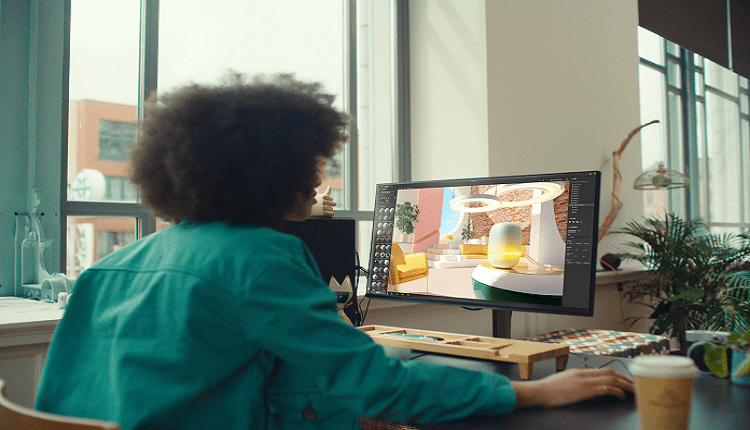By Scott Belsky, Chief Product Officer and Executive Vice President, Creative Cloud
For years, many creatives saw 3D creativity as equal parts exciting and forbidding. We were blown away by the enveloping, fantastical world’s game developers built and the incredibly immersive 3D visual effects in movies, but many of us thought creating in 3D was too technically demanding. 3D fueled our imaginations, but we could not imagine using it ourselves.
The last year has changed that. When the pandemic made getting together for photo shoots and other creative projects impossible, companies turned to 3D to create. Fashion brands used 3D to speed their design processes. Lowe’s used it to digitise their entire catalog for virtual shopping. And 3D virtual photography was the foundation for a Ben and Jerry’s marketing campaign.
Keshav Vijayaraghavan, Founder and CEO, House of Blue Beans (A product visualisation studio that recreated Lowe’s entire catalog) said, “Creating 3D images, by contrast, is cheaper and faster than a conventional photo shoot, and has the advantage of creating future-proof assets that open up the possibility of augmented and virtual shopping experiences.”
These companies and thousands of others discovered that creating in 3D not only gave them incredible creative freedom but that it was also faster, cheaper, more scalable and more sustainable. Fortunately, the pandemic will not be with us forever, but 3D creativity certainly will. 3D is the next generation of creativity.
To empower creatives to succeed in 3D, today we are releasing the Adobe Substance 3D Collection, a suite of interoperable tools and services that support 3D creativity from the beginning to the end of any project.
The collection has an exceptional heritage in the 3D community. Its foundation is the Substance suite, which has been used for years to create the vast majority of AAA game titles, including Half Life Alyx and Microsoft Flight Simulator, along with movies like Star Wars: Episode IX and Blade Runner 2049 (Oscar winner for best visual effects), design, architecture, and more. The team behind Substance joined Adobe two years ago and have since been at work building a suite of powerful, accessible, and integrated 3D tools.
The team’s goal was to build tools that are easy to learn, but impossible to outgrow, so that there are no limits to your creativity. Substance 3D provides the cutting-edge technology that veteran 3D artists require, while making the medium accessible for new 3D enthusiasts. It uses the power of artificial intelligence to eliminate much of the technical complexity of 3D design and features the “what you see is what you get” interface artists are familiar with from Photoshop or Illustrator. And the collection isn’t just about tools — it also includes thousands of models, textures, lighting systems, and other assets you can use to jump-start your projects.
“The value proposition of 3D is multifold. Thanks to 3D, overall iterations can be minimised. We are looking to use software like Substance to create this real world material, so we have an exact equivalent to what exists out there in the world,” added Keshav.



